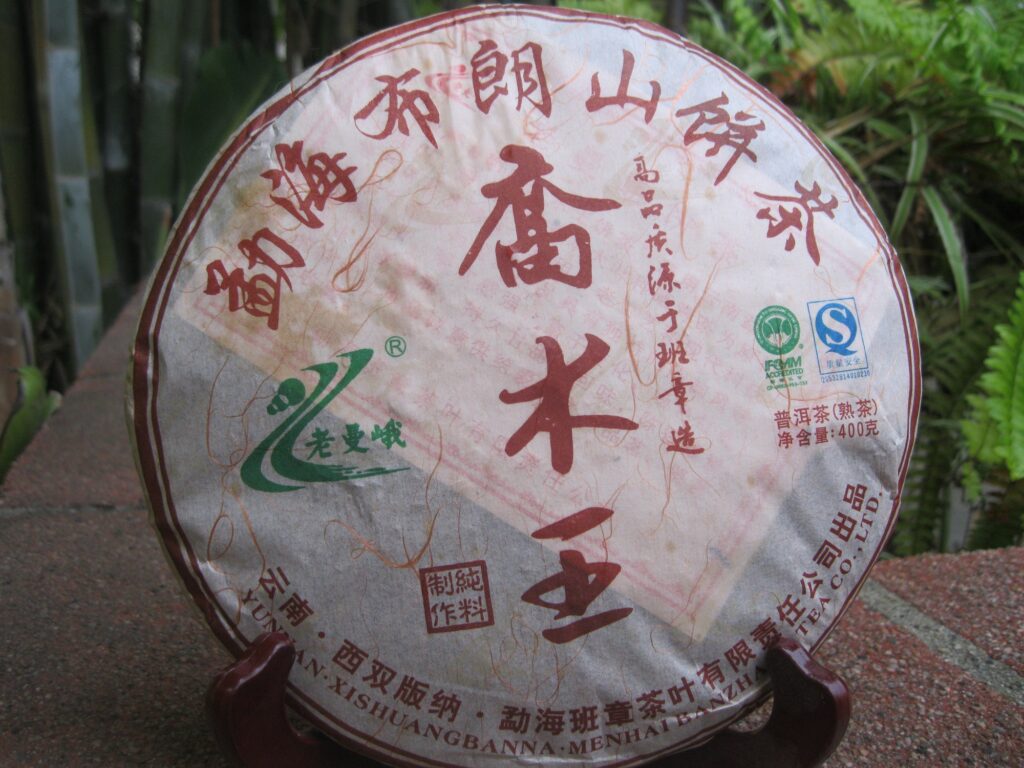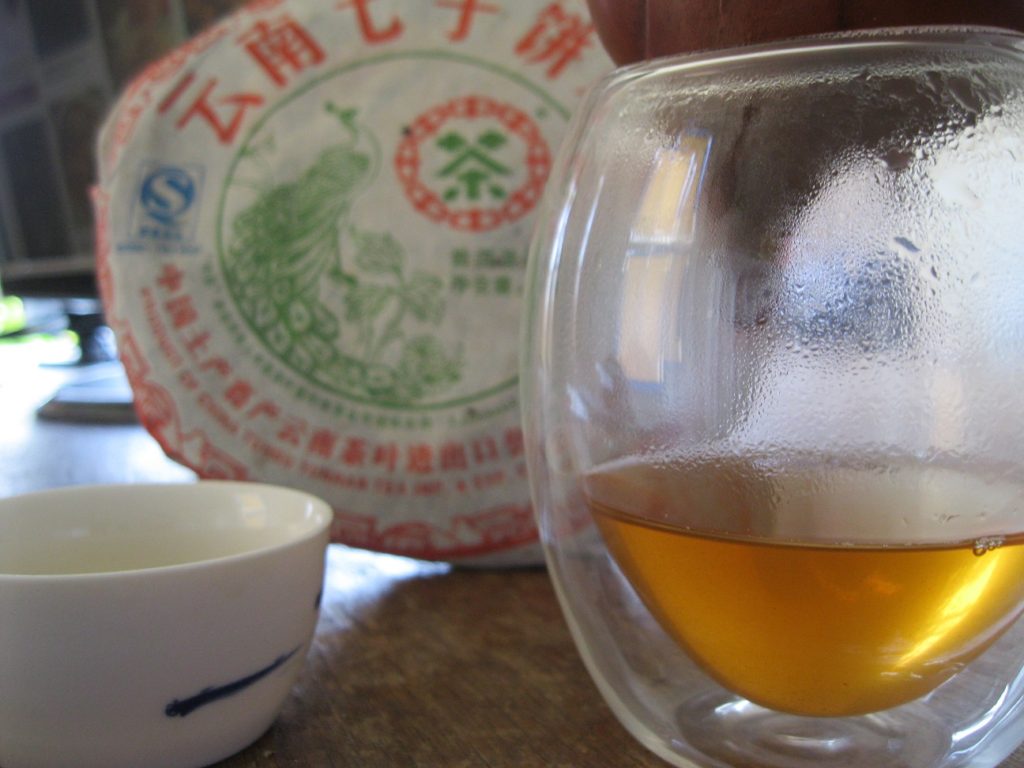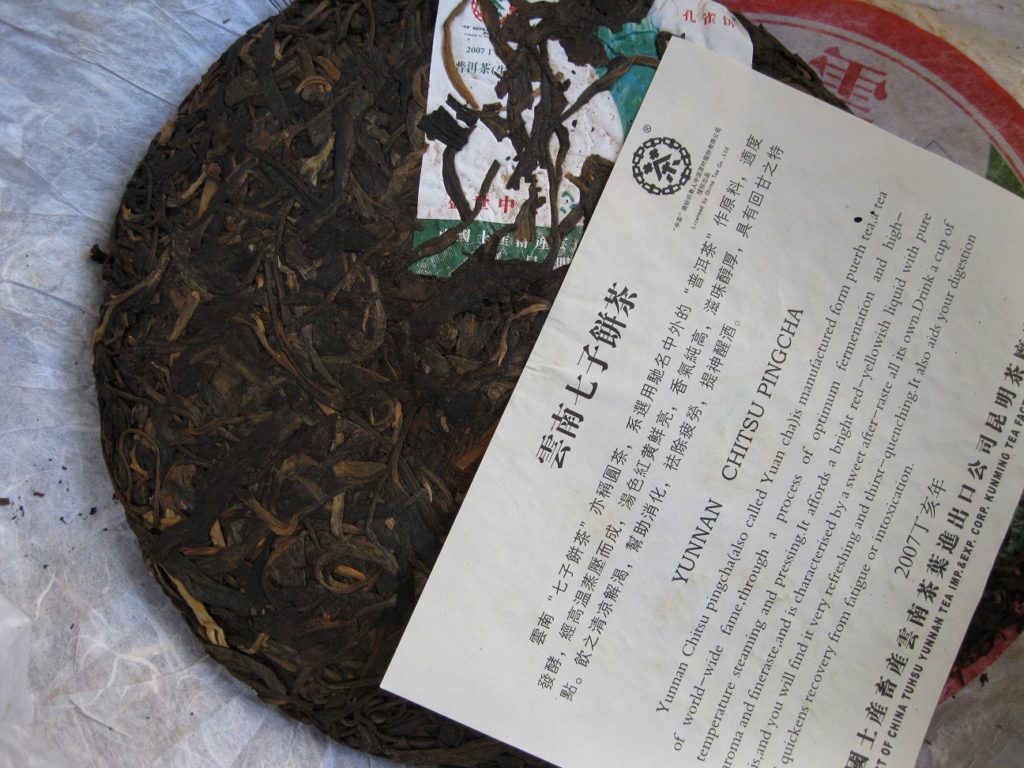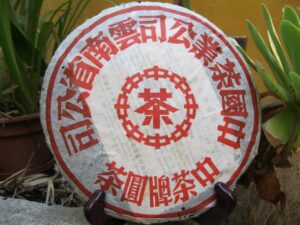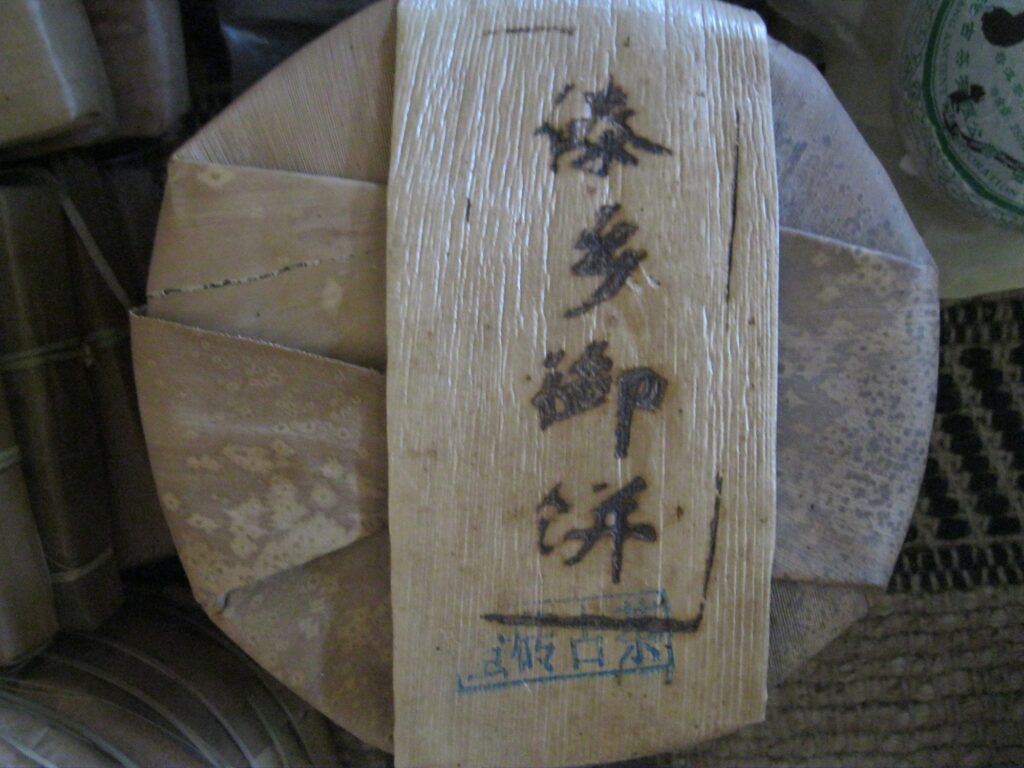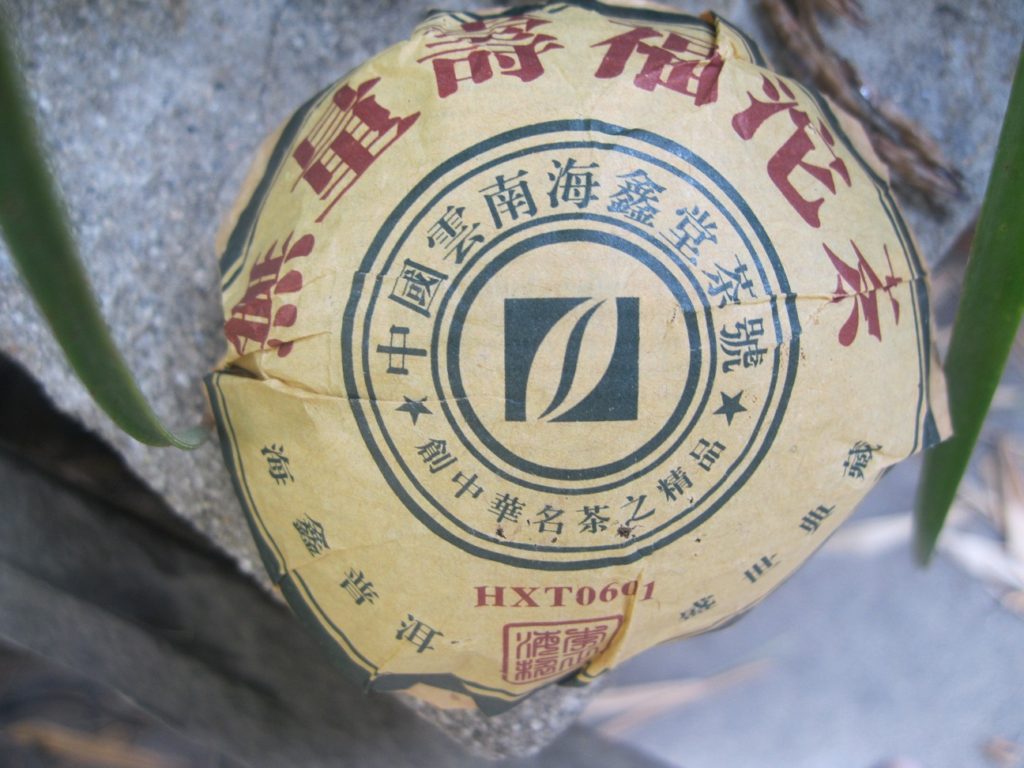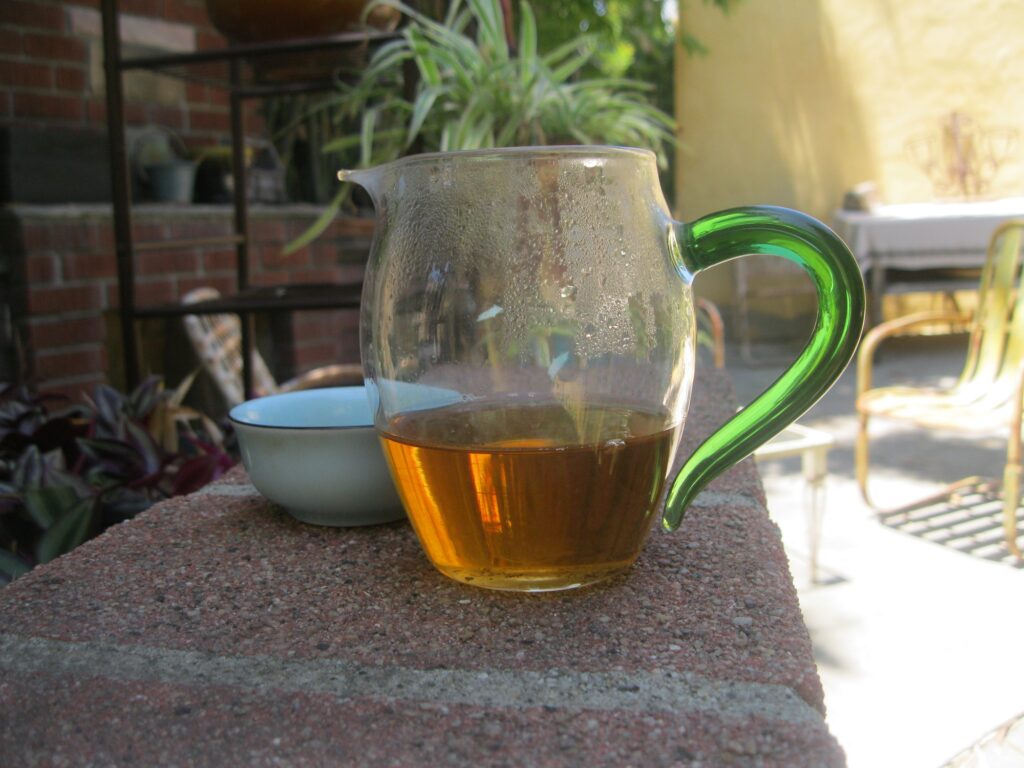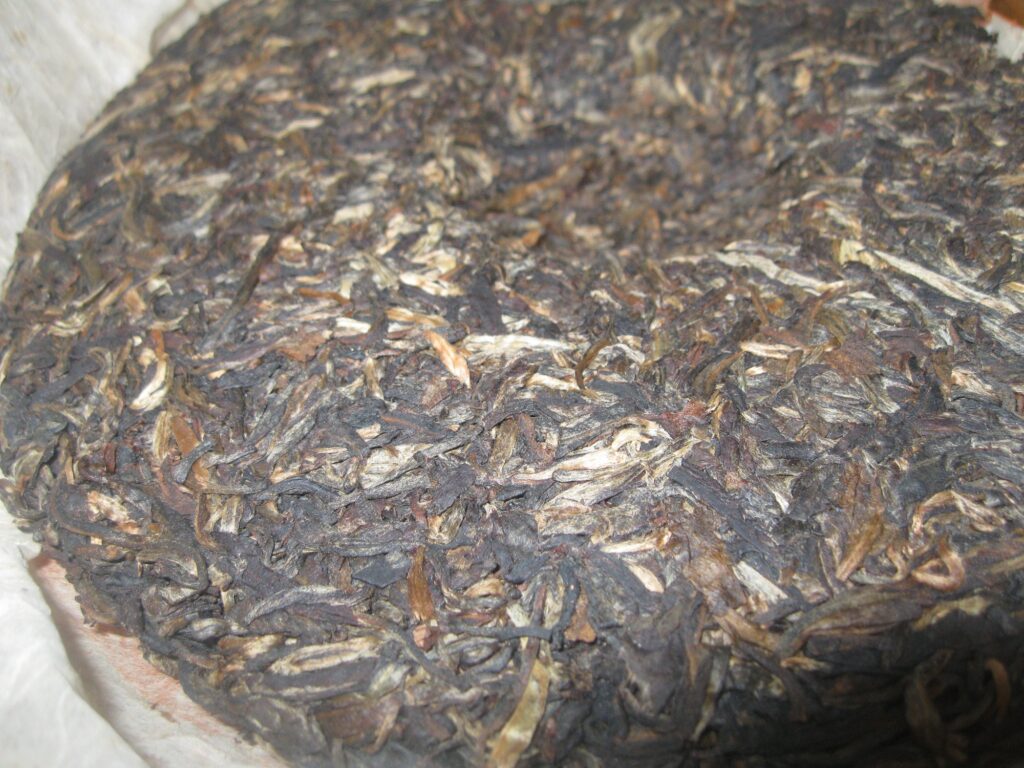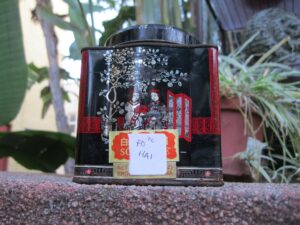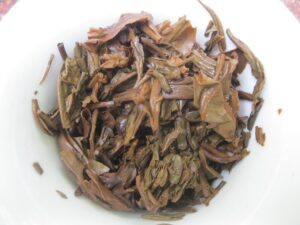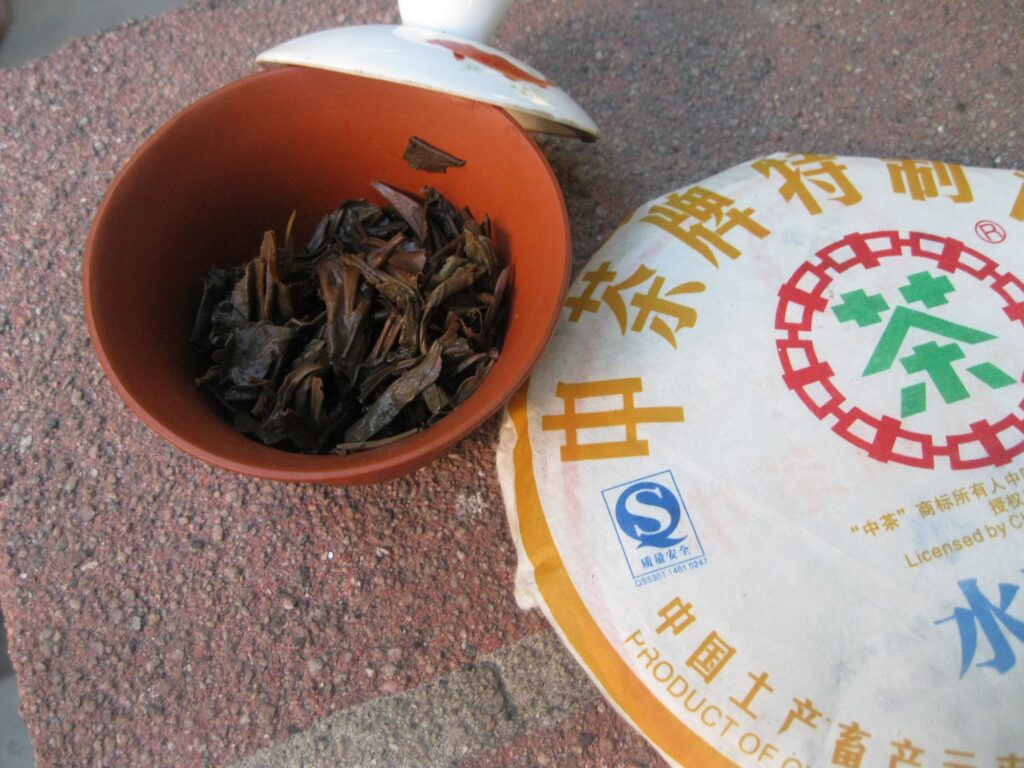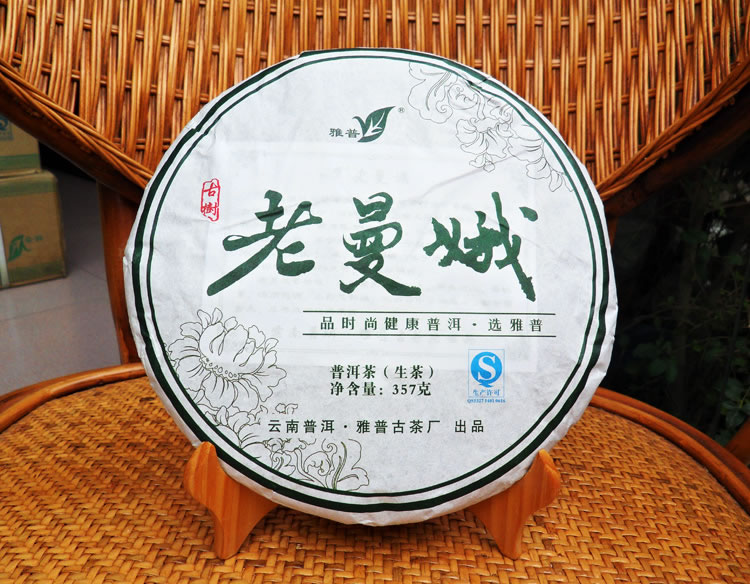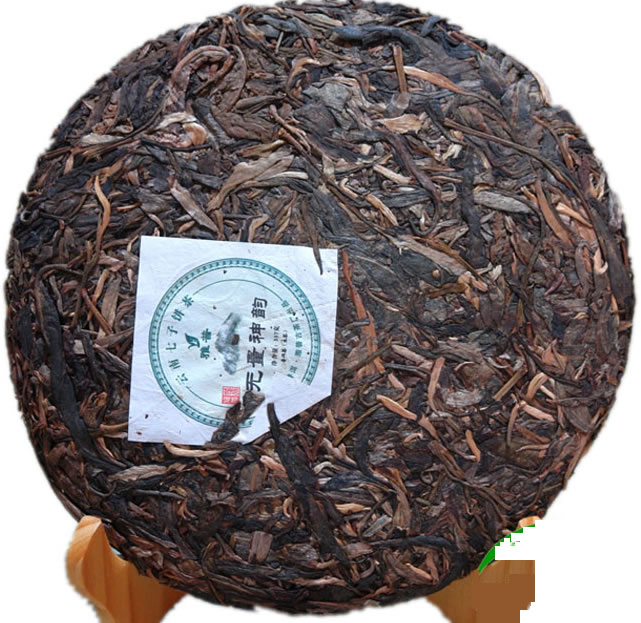Ripe Puerh Report Spring 2023
The Ripe Puerh Report Spring 2023 covers ripes in the Puerh Junky Collection. Just offering some updated notes on ripes listed and unlisted as they evolve.
Let’s start with the ’04 Golden Sail, which is no longer dry and has taken on quite a bit of sweetness and humidity. The changes after two year’s storage are rewarding, but there are but two of these left. These tuo were picked up because they represented an interesting Guangdong angle on the marketing of Zhongcha productions. Golden Sail in particular seems to have circulation in HK and is marketed as an export item similar to their Lucky brand. This tuo is for the dedicated Zhongcha follower.
The YPH ’10 Sweet Richness lives up to its name. That said, there is the matter of greater than normal bitterness. For some, this is a good thing. It’s quite noticeable. No tartness. Yangpinhao is a venture that strikes me as providing an excellent product but struggling for identity. This situation is in no way remedied by changes of ownership. They do both ripe and raw, but more known for their raws some of which get faked. Ripes seem to be given to a heavy fermentation style that nevertheless benefits from generous aging. The blend of tannins with sweetness strike a good balance at this time. . . if you’re in for bitter. About three fabulous heavy infusions of a dark, dark chocolate like brownies with a bit of baby powder perfume and slate.
Haixintang is the factory providing Grenouille. This is a factory I’ve known from the early days and their star seems to be rising. In ’22 the decision to delve a bit deeper had the ole Puerh Junky acquiring a few of their offerings, among them their ’18 Yiwu Ripe. It captures the essence of Yiwu, smooth, creamy, sweet, banana. Total extravagance. Nice price stored in nice conditions for a young, ready now offering. It’s good. If your conditions will allow for the fermentation zing, then it’ll be better. Not expensive. Send an email or hit me on Insta if interested.
The ’06 Langhe Ripe Tuo and I go back a long ways. The first batch was Guangdong heavily stored and this is also from Guangdong but likely acquired from Kunming. Right now, this tuo is on the cusp of something unimagined. Having the fortune to compare the two storage differences provides a fascinating vantagepoint. Right now, it’s verging toward the ’05 Yiwu Laoshu raw from 6FTM, petrol . It’s baffling to say the least. Langhe ripes are stellar but storage and timing is crucial. Naught-era Langhe provides insight into the a stage of production that strongly oriented to old raw. Storage factors tremendously.
The ’12 Arbor King, LME is extremely balanced.: sweet fruit, bitterness, moon pie. I’d call it plush.
Each of these productions offers distinctive ripe puerh profiles. The most surprising is the Golden Sail because its transformation has been most dramatic. Second is the Langhe Ripe Tuo. Its qi is serious and this petrol profile represents something I don’t think I’ve previously had a ripe.
cheers!

